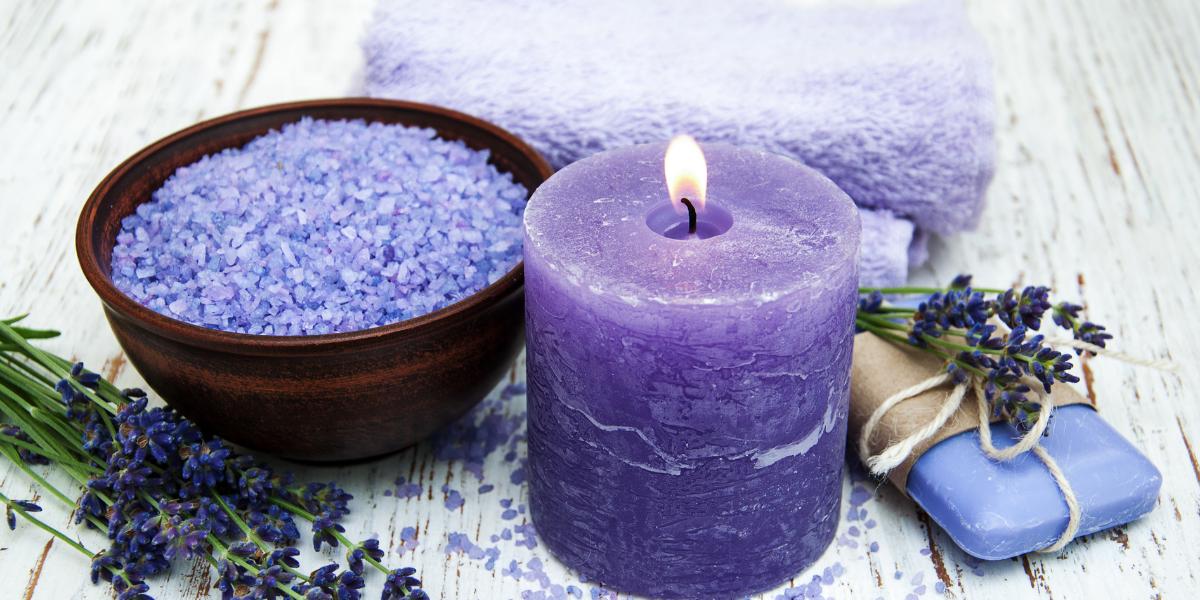Partner Content
Had a rough day or week? Need some “me” time? How about making the room smell good for a special occasion? Need something to go with that wine bottle? How about a candle? Whatever life brings, we need to cope and recoup. Because life happens.
Candles come in all shapes, sizes, colors, and scents. They can come in containers or as standalone pillar candles. They are sold almost everywhere, from big-box stores to farmers markets. But do you know what ingredients are in your candles? Some manufacturers list the ingredients used, while others do not. No matter which candle, it is important to know that the basic ingredients are wax, wick, and oil.
Did you know that there are different types of wax that can be used to make candles? In addition to the common waxes—paraffin, soy, and beeswax—several other types of wax include coconut wax, apricot wax, or a combination of the two. Waxes come in either pastille form, flakes, or slabs. Container candles that are in jars (mason, straight-sided, apothecary) use softer types of wax, while pillar candles typically require firmer types of wax.
Paraffin wax is one of the most common types used to make candles. It is inexpensive and works well with fragrance oils and colorants when used. Paraffin wax comes from different sources, one of which is petroleum, the same stuff our gasoline comes from. Paraffin wax typically burns faster and, more often than not, gives off soot.
Soy wax, which comes from soybeans, is another type that is becoming increasingly popular. Oil is extracted from soybeans and made into wax. Soy wax is, therefore, is plant-based and burns cleaner and slower than paraffin.
Beeswax comes from the honeycomb of the honeybees and other bees. It is usually a bit more expensive than soy wax and is available in yellow or white varieties. Beeswax can be used with or without containers and is either aromatic (yellow version) or non-aromatic (white version.)
And the wick? The role of the wick is to absorb melted wax to keep the candle burning. In order to burn properly, the wicks have to be able to absorb the melted wax at a rate that lets the flame keep going. Too big of a wick and the candle melts fast, too small, and tunneling occurs. (Tunneling is what happens when only the center burns.) Wicks come in different types—wood, cotton, and zinc. Wooden wicks and wicks with zinc wires at their core generally stay upright on their own, which makes candle-making easier. Cotton wicks need wick holders to stay upright.
And oils? Either fragrance or essential oil can be used to make candles. Essential oils are pure plant extracts, which makes them more expensive to work with, while fragrance oils are synthetically made scents are less expensive. Fragrance oils are commonly found in many scented products and the amount of oil added to the wax defines how fragrant a candle can be.
Bulk fragrance oils are usually sold in powder form, which are then reconstituted by suppliers, using “solvents” to turn them into liquid. Oftentimes, phthalates are used during this process. The jury is still out regarding phthalates, however, it is getting a bad reputation as a potential cause of negative health effects, primarily affecting breathing.
Wax, wick, and oil—they’re basic ingredients. But when mixed together, they produce a wonderful home décor that lets us add a nice touch to our everyday living space, wind down after a long day, or celebrate milestones and accomplishments in life.
By Celia Baula, www.shopgreenpapaya.com

